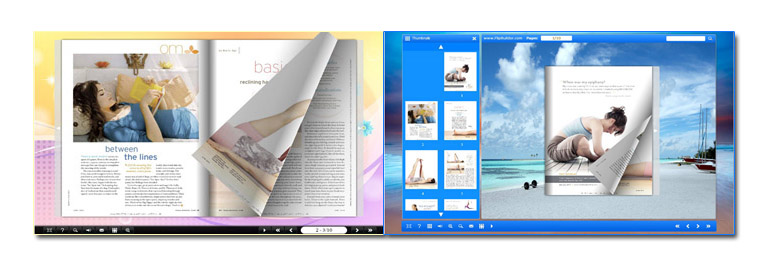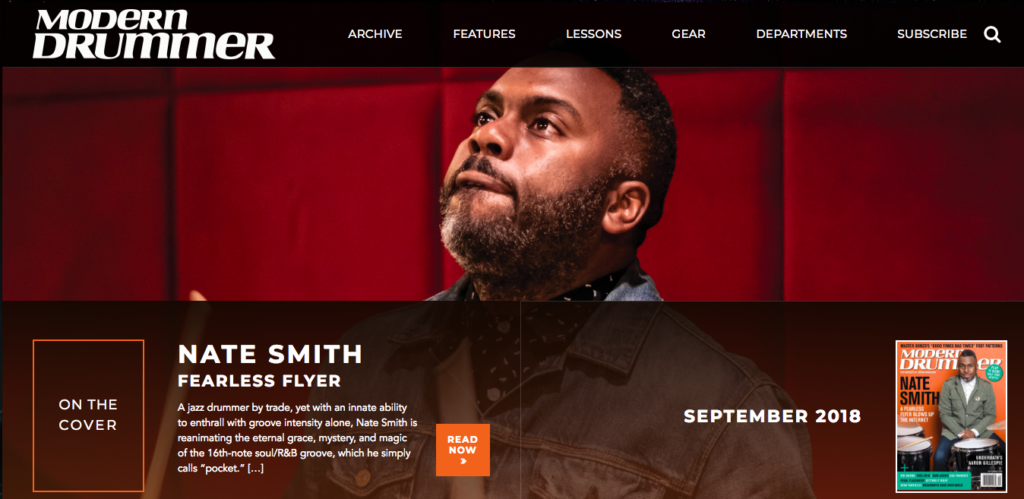Do flipbook editions really work?
Flipbooks: Yea or Nay?
Flipbooks (or e-editions) were an early development in field of digital publications. It was a logical step: they were a perfect replica (and easy to add to your website) of the print magazine, right down to the flipping pages.
As the digital world has advanced, flipbooks have fallen out of favor for many good reasons. But that doesn’t mean that they are completely obsolete.
In fact, flipbooks can still have their place in your digital issue strategy—so long as they are a complement and not the foundation.
Let’s take a look at the pros and cons.
The Case For Flipbooks
Right off the bat, we can all agree that e-edition flipbooks can be beautiful. They are typically a rendering of your exact magazine or newspaper. If you feature a lot of images and photos, the appeal is obvious.
Plus, they’re a good way to sell a print subscription. People get a genuine feel for what your print publication is like.
Furthermore, they’re easy to publish. Once you have the flipbook framework in place, you just upload your PDF as-is.
Perhaps the most appealing aspect of flipbooks is that they satisfy your advertisers. Advertising is a source of revenue for most publishers. And many advertisers spend a great deal of money developing and placing their print ads.
They want those ads prominently displayed, in all their glory, in every incarnation of your magazine. Flipbooks do exactly that.
So, politically, flipbooks are an easy sell.
The Case Against Flipbooks
The downside of flipbooks is this: for all their beauty, they are practically invisible to your readers.
- Google searches don’t rank them strongly in results pages
- They can’t be gracefully shared on any social media
- They don’t translate well to mobile
- Only a small percentage of your readers actually read them. We find 10-20% of readers, typically older, do read flipbooks
Flipbooks are, in fact, the opposite of what the modern reader is looking for.
Modern readers want quick, instant access to the best information. They trust search engines to help them find what they need. The new potential reader doesn’t know you have published the answer to their question unless your answer (article) shows up in the Google search.
Modern readers want to be able to follow what their friends are reading and share their own sources on Twitter, Facebook, Instagram, LinkedIn, etc.
Modern readers want to be able to access articles on their phones, without having to pinch and scrunch and learn how to read your article.
They want what Modern Drummer Magazine has.
A Perfect Example
Modern Drummer has a fully digital issue. Each issue is a collection of individual digital articles, complete with beautiful photos and a user-friendly layout.

It’s easy to navigate and it can be searched, shared, and viewed on any mobile device either as a webpage or their app.
Their content is protected by a metered paywall, which allows readers to sample before being prompted to subscribe.
The reader response to their digital issue has been phenomenal. In their first two weeks alone, they netted almost 1000 digital subscribers.
In their first year, web traffic grew by 92%. Social media grew by 118% and email traffic by 189%.
They hit the ground running and haven’t looked back.
A Compromise
What should you do? You must make a proper web edition be the focus of your digital issues. You can then attach your flipbooks or PDFs to the IssueM web issues (simply links).
Here is how to have both web based and flipbook editions.
Flipbooks have their uses, but they cannot be the central feature of your digital strategy.
They may not even be the best supplement. A PDF version of the publication may satisfy your advertisers. It displays the print layout of the magazine and it is slightly more accessible to the modern reader (no learning curve). Plus, we find that more readers will download and read a PDF before they’ll read a flipbook.
But the absolute best use of a flipbook (or PDF) is to be able to tell your advertisers “yes we do have a e-edition where your advertising will be displayed.”
